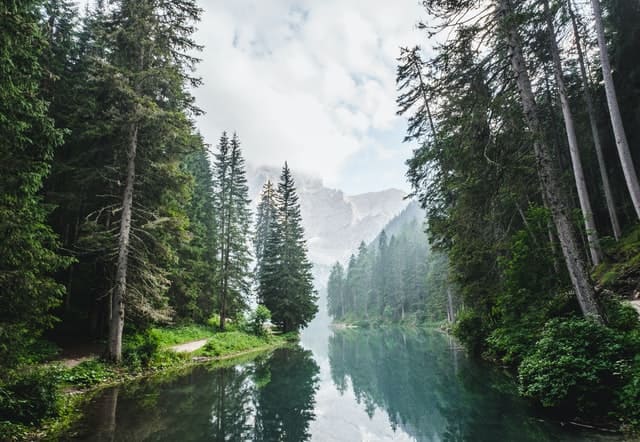Learn more about cyanobacteria
Discover the little-known world of cyanobacteria and their effect on the ecosystem!
Learn more about Cyanobacteria!
What are cyanobacteria?
Cyanobacteria are micro-organisms that develop mainly in terrestrial and aquatic environments.
Two types of bacteria can be observed:
Planktonic cyanobacteria
They remain suspended in the water column because they are able to float easily thanks to intracellular gas vesicles.
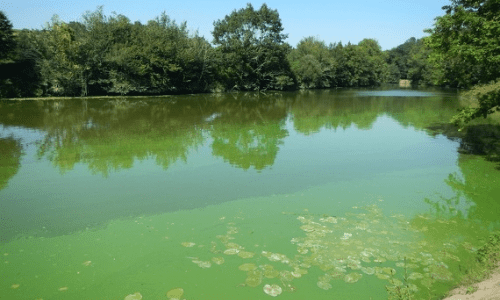
Benthic cyanobacteria
They develop on the bottom of waterways by clinging to concrete blocks, pebbles, sand, various nutrients or on the surface of aquatic plants.
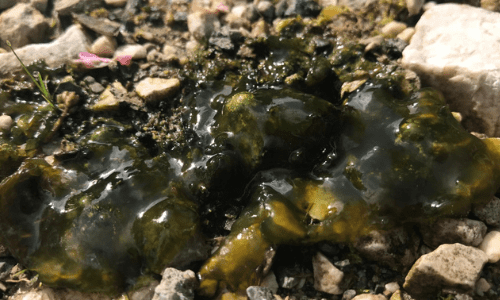
Also known as cyanophyceae or blue-green algae, they are photosynthetic bacteria. They need the sun to synthesize their organic molecules, like aquatic plants. Phycocyanins or chlorophyll are pigments that allow them to capture this light and thus ensure their growth.
The life cycle of the cyanobacteria?
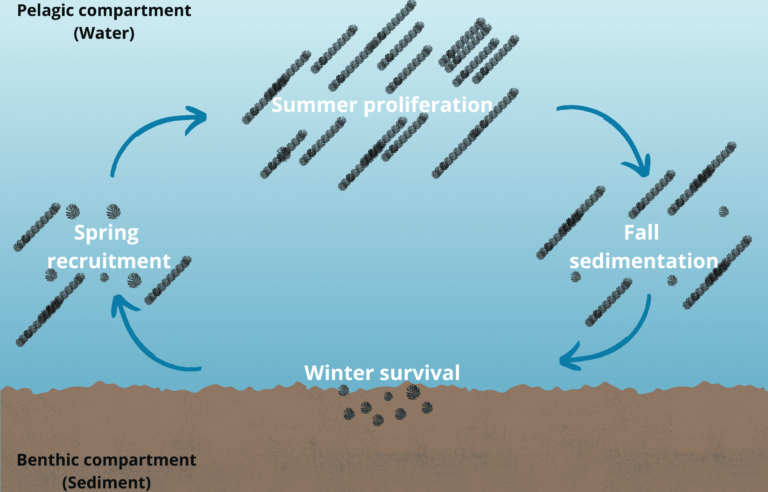
Where do they develop?
Cyanobacteria, like plants, need light, heat and nutrients to grow regularly. When these factors are present, we observe a proliferation mainly in summer and early fall. In some cases, we can observe early activity during spring, in very particular conditions.
On the French territory, this proliferation is mainly observed between May and October, in calm and nutrient-rich waters. As for example, in certain rivers, lakes or ponds. There are rare cases of proliferation throughout the year or more specifically in winter. But this is a case by case situation depending on the type of land and its surroundings.
What are the factors of bacterial development?
3 factors favor the strong development of the cyanobacteria which are: the tributaries, the weather and the water body itself. If all the conditions are met, then the cyanobacteria has enough elements to develop rapidly.

How to spot contaminated water?
Visually
The proliferation of cyanobacteria causes the water to turn red, green or blue depending on the species of bacteria. On the other hand, you may also notice an accumulation of "blooms" that look like water flowers or broccoli soup (Which we strongly advise you not to eat). They are often green or turquoise.
Olfactory
Most of the time, they proliferate in stagnant water bodies or rivers, which generates a high concentration of cyanobacteria. There is therefore a concentration of nauseating odors such as the smell of stagnant water, swamp, or even mold.
The consequences of cyanotoxins on the ecosystem
- Unbalance the health of the impacted ecosystems
The bacteria can cause a massive mortality of fishes and invertebrates due to the deoxygenation of the water and the modification of the natural functioning of the ecosystem.
- Represent a health risk for humans and animals
In direct or indirect contact with the cyanobacteria, humans or animals can consume contaminated water which causes numerous pathologies.
- To lead to the limitation of the aquatic uses
Notably due to the repulsive aspect of the water and the smell, the practice of swimming, fishing or boating are forbidden.
The consequences on humans and animals can be numerous. Cyanobacteria, by proliferating in abundance, produce dangerous cyanotoxins. There are 4 main families of cyanotoxins which are :
- Hepatotoxins: affect the liver and its global functioning, causing poisoning in animals and humans
- Neurotoxins: affect the nervous system, causing headaches, loss of appetite…
- Toxic alkaloids: cause gastrointestinal symptoms or kidney disease
- Molecules with irritant effects: cause itching and irritation on the skin mainly
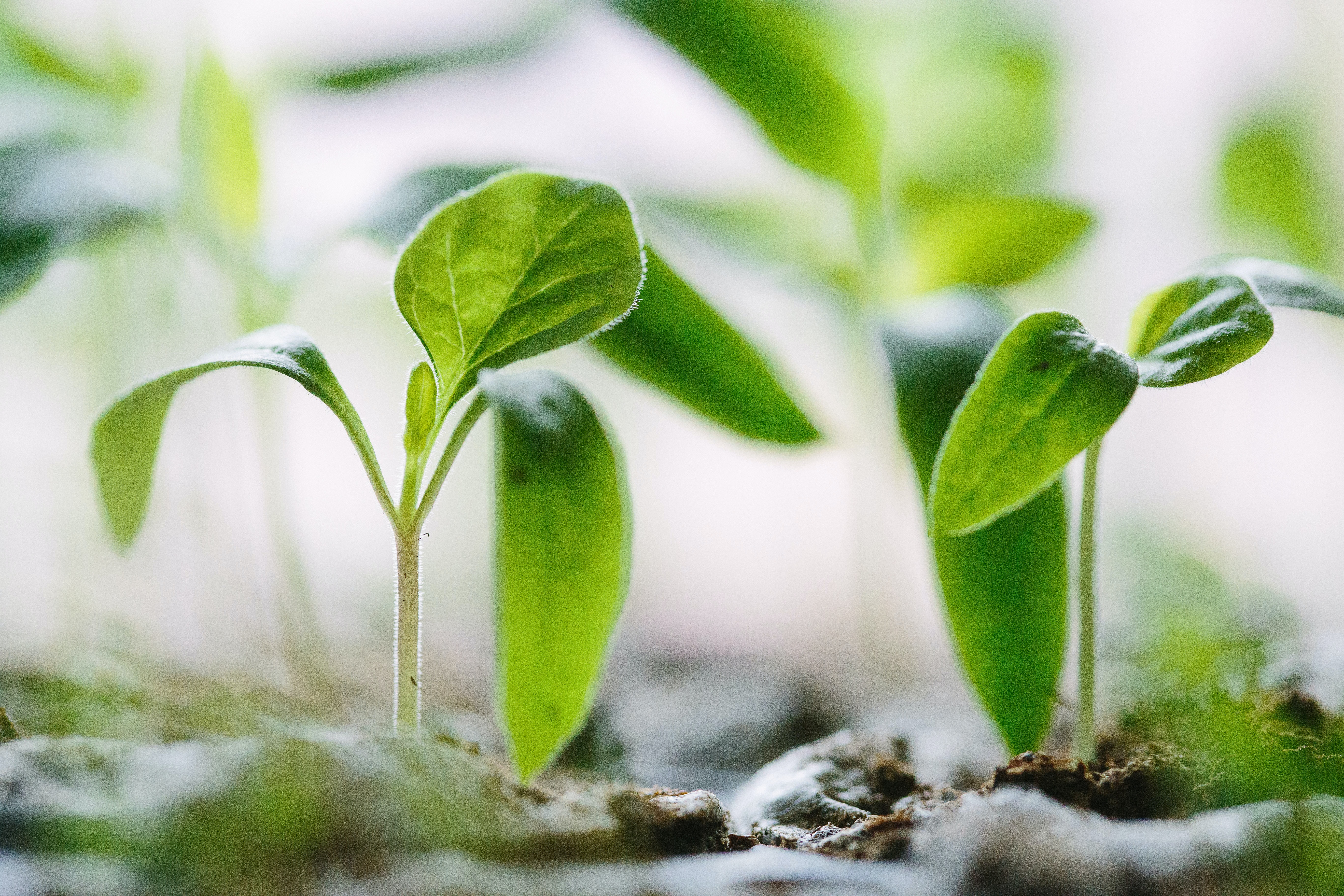
How to protect yourself against harmful effects?
When you have spotted contaminated water, you can adopt some simple gestures to protect yourself against the harmful effects.
Whether for humans or pets, do not drink or consume elements that come from contaminated water (fishing, water sports…)
If hypothetically there has been contact, it is recommended to shower and wash the equipment that has come into contact with cyanobacteria.
In general, you should prefer the marked swimming areas and limit swimming in shallow and stagnant waters where you can observe numerous algae and/or abundant foam.
How to prevent cyanobacteria proliferation?
This is precisely where our solution finds its usefulness: Predicting the evolution of cyanobacteria!
Floveo was created to facilitate the management of water bodies and rivers likely to be impacted by this cyanobacteria problem.
Our solution Floveo, thanks to the probes placed in a given aquatic environment, can analyze and send back important data to our collection station on the evolution of the surrounding ecosystem. Thanks to these data, transformed into indicators in the dashboard on the Floveo platform, you will be able to interpret the results in real time!
Moreover, our prediction module working with an artificial intelligence, will allow you to describe the future evolution of cyanobacteria. You will be able to predict the possible problems that these bacteria may cause and take the necessary decisions as soon as possible.
One of the main advantages of this solution is to be able to describe the future evolution of the cyanobacteria, taking into account all the elements that are essential for its proliferation.
